What glue for shoes to choose and which compositions are better to forget immediately?
Content:
Sometimes it happens that it’s more profitable to buy a new pair of shoes than to bring an old one to the workshop. But it’s even more profitable to repair your favorite shoes yourself. At first glance it seems that you can buy any glue for shoes - and it's all about the hat. What turns out to be in reality? And the fact that it’s not so easy to choose shoe glue, but it’s all the more correct to make repairs.
What glue is better to glue shoes?
Which glue is better for shoes? The most logical answer, which suggests itself, is a special shoe glue with the corresponding marking on the package. But let's be honest: often we ignore this obvious condition and buy the first tube that comes across. Why is this not worth it?
- Not all compounds have the necessary elasticity in order to bend when walking, like shoe glue, and not to crack and burst, like many other compounds.
- The usual “Moment” cannot guarantee resistance to frost and moisture, which means that the maximum that they can be glued is the elements of summer sandals, and then the quality of gluing will depend on the type of composition.
- No matter where the gluing of elements is supposed, the load on this area when walking will be higher than if the product was practically not used, as is the case with decor elements. The shoe glue is different from non-shoe glue, which is suitable for high load indicators.
- And, of course, the esthetics of the result is of great importance. Yes, there are other compounds that provide strong bonding, but if the skin shrinks from them, and whitish smudges are not removed by any solvent, then why use them?
So, what glue for shoes is suitable for repairing your favorite boots at home? You have several options.
Neoprene
A huge part of the work in the shoe shop is carried out with the participation of this particular type of compounds, and its main representative can safely be called Nairit. Shoemakers buy it in large volumes - from a liter, sometimes even for bottling, and this is not surprising: its properties, coupled with an affordable price, make it one of the two main components of shoe making.
This shoe glue is indispensable for professional work such as gluing insoles, gluing leather and textile parts, gluing locks, gluing soles to the top and gluing heels. But even for a small home repair, the masters recommend it. Of course, they recommend buying imported compounds, but for our home repair cheaper analogues are also suitable.
You can understand what “Nairit” looks like by looking at the classic “Moment”, because in fact it is also a neoprene glue. True, the masters say: “Nairit” greatly surpasses other neoprene compounds such as “88” or “Professional” in the quality of gluing, including due to the presence of the latter in additives.
By the way
“Nairit”, produced in small volume tubes, if it can be found, is considered worse than a solution in large jars. For a one-time repair, this is not very convenient, but this jar can be used on the farm for a long time.
Polyurethane
Another no less popular adhesive for shoes is Desmokol and its analogues. This polyurethane composition is no worse, and in some cases even more preferable than neoprene: with it you can do the same thing plus work with polyurethane soles. It is also good as a sealant when the sole is cracked or the seam passes water.Another plus of Desmokol is that it is almost transparent, which is important if you are not 100% sure of your accuracy.
Desmokol is also usually purchased in large volumes, and finding it in a tube will not be so easy. The way out is to look for any polyurethane analogue.
Important!
Polyurethane adhesive is extremely flammable, so do not use it near an open flame.
What other options are there?
It sounds like you can't buy shoe glue in a regular hardware store. But what about “Second” or “Super Moment”? With them, the problem can be solved quickly, isn't it? Unfortunately, these instant adhesives do not meet the bonding requirements for lack of elasticity and sufficient strength. In addition, with careless use, the fabric or skin can simply be spoiled, and not a single master can undertake to repair it.
Yes, you can still look for polyvinyl chloride or rubber glue for shoes, but they are not so versatile, and it’s more difficult to find them.
How to stick shoes at home?
If you decide to use shoe glue on a neoprene or polyurethane basis, know: the methods for using them are very similar. The main thing here is to deal with the instructions and strictly follow all the steps, otherwise the result will be far from desired.
- To begin with, the material is cleaned of dirt and degreased with toluene or acetone.
- Then the surface is treated with sandpaper for better adhesion, unless, of course, we are talking about textiles.
- Glue is applied to both surfaces and wait 3-5 minutes for Desmokol and 10-15 minutes for Nairit. This is the first layer, which is important both for porous materials with high absorbency and for a smooth sole.
- When the first layer has dried, a second layer is applied and wait 5-10 and 15-20 minutes, respectively. Before proceeding to the next step, make sure that the glue is almost dry and does not leak.
- An important stage is thermal activation. The clutch will be much stronger if you first heat the glue on both parts with a hairdryer to 60-80 degrees, and only then connect them.
- Press the parts against each other and let it dry completely. For both adhesive compositions, it is about a day.
- As you can see, shoe glue will not immediately solve the problem, but all this work is worth it: you will wear shoes for a long time.
By the way
If you work with fabric, you can slightly reduce the waiting time and skip the stage of thermal activation.
Shoe glue for soles
We have already said that not every shoe glue is suitable for gluing the sole to the top, but this largely depends on the sole itself.
To choose the right composition, you need to know about the compatibility of glue and materials.
- Polyurethane and vinyl soles will be glued only with Desmokol or other polyurethane glue.
- Rubber soles, as well as natural soles made of wood and leather, can be glued with both Nairit and Desmokol.
So it’s best to look at the label in advance what the sole of your sandals or sneakers is made of, so as not to spend money on improper glue.
DIY shoe glue
If you don’t want to spoil the shoes with improper glue, but you haven’t found “Nairit” or “Desmokol”, you can make good enough shoe glue yourself.
Craftsmen say that it is possible to dissolve nylon or nylon, from which ordinary women's tights are made, in formic or glacial acetic acids. In fact, for any sole from rubber or polymers, an adhesive can be made by dissolving a piece of the same rubber or polymer in a suitable solvent.
True, for a home-made composition to turn out to be of high quality, experience and some knowledge of chemistry are necessary, therefore, we recommend using ready-made options for beginners and people who just need to glue the sole, especially “Nairit” and “Desmokol” have an excellent reputation among shoemakers and deserve a good recommendations.
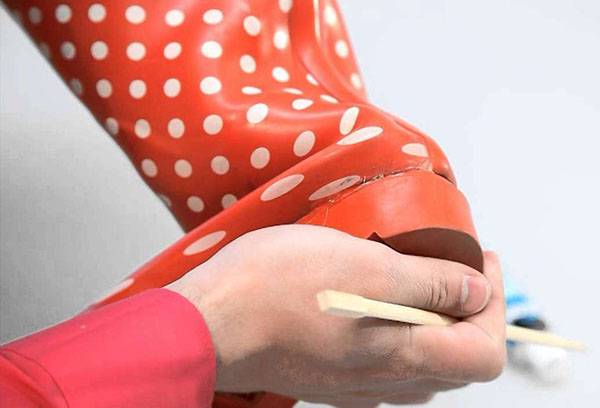
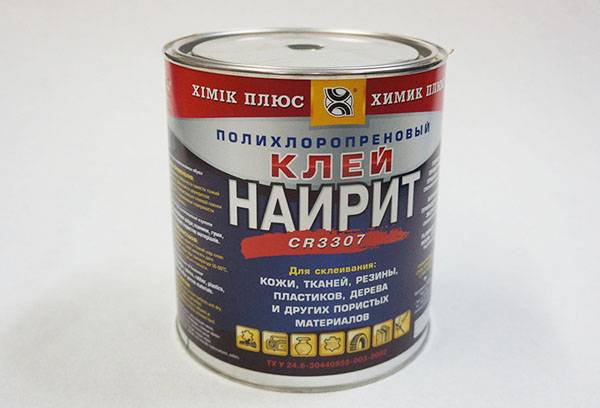
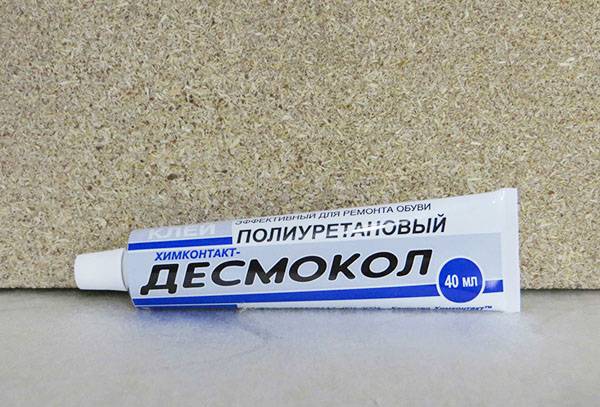
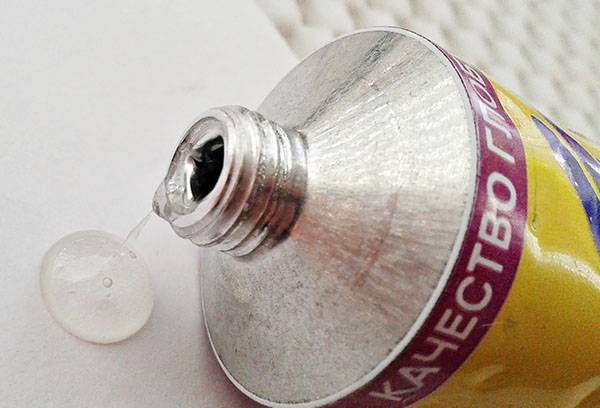
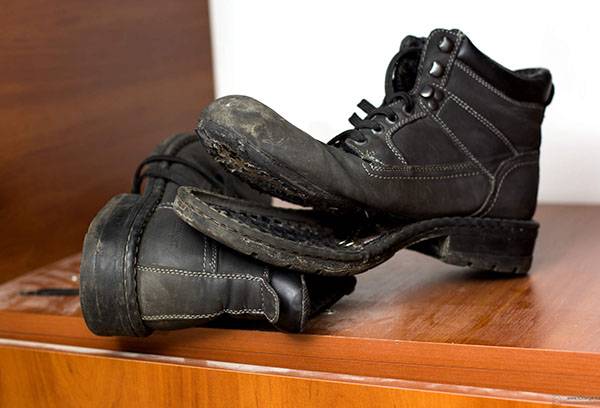
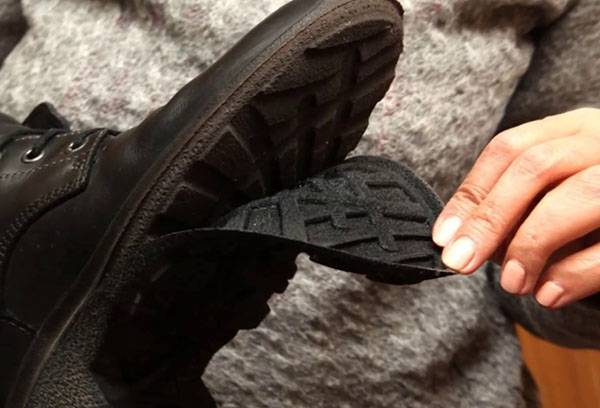
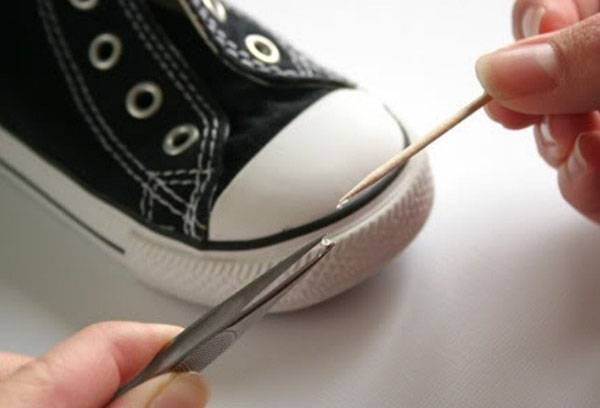
Thanks for the recommendation.
Thank you very much, explained specifically and popularly ,,,,!